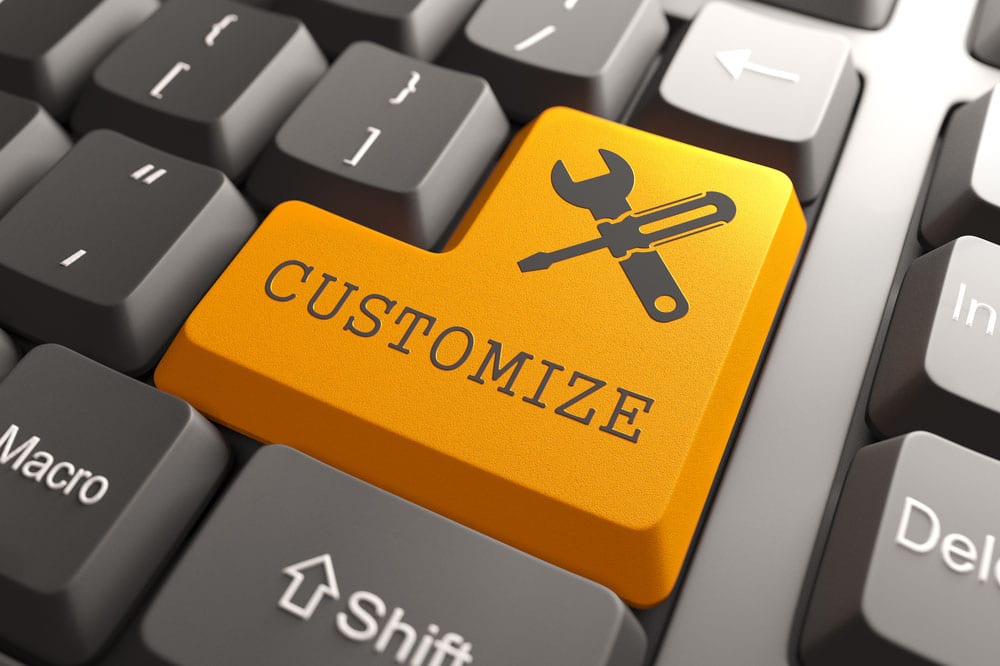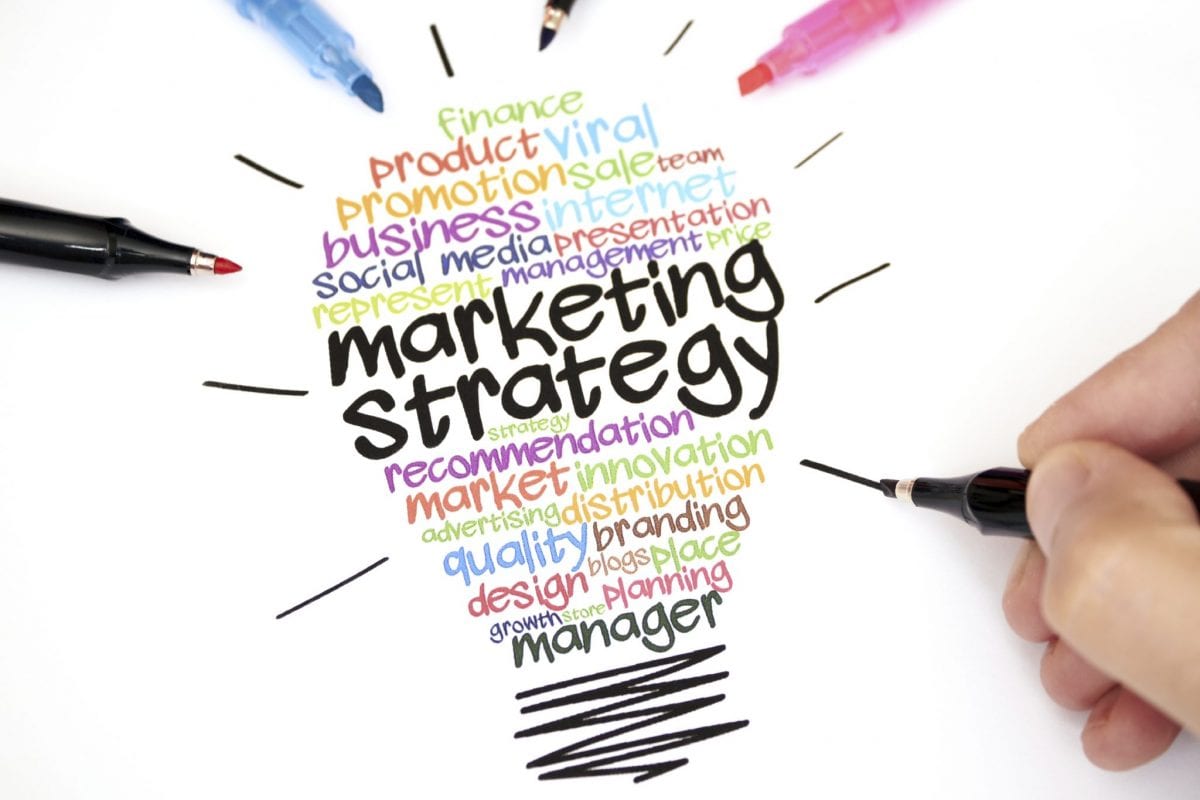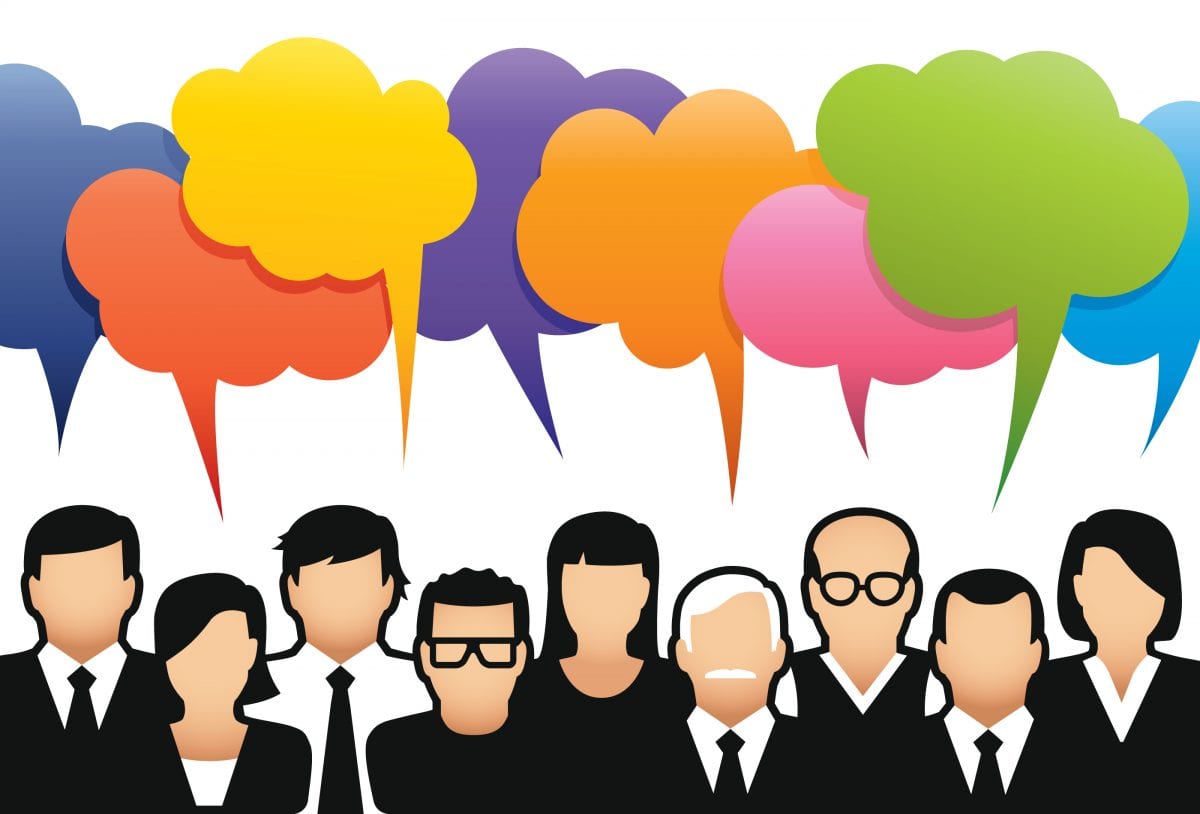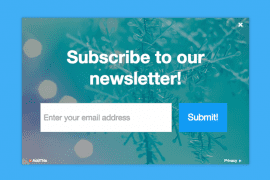Almost twenty years ago, Amazon CEO Jeff Bezos had a dream for the internet. It was 1998 when Bezos sat down with the Washington Post and made a visionary statement about what he thought the internet should become. “If we have four million customers, we shouldn’t have one store. We should have four million stores” he said.
If we fast-forward 19 years, website customization is the new law of the land. Take the Amazon homepage for example; you’ll see it’s extremely personalized to meet your tastes in music, books, movies, and other traits. The static homepage is out, and personalized content is the new gold standard.
Bezos’ dream became real for Amazon and countless other online purchasing sites. So much time and effort are going into producing personalized content that it’s hard to imagine an online retail store with no type of customized features nowadays.
Yet we haven’t seen this type of content being widespread across other non-retail webs. In fact, most brands only have one static version of their homepage. How do businesses expect to draw customers with all sorts of personality traits into stagnant, one-fits-all websites?
If we take into account that marketers all over the world spend their time and energy building unique and targeted messages for an array of audiences, we find ourselves facing a troubling situation.
We are trying to reach a ‘type’ of customer, e.g., a particular demographic, but is that really the right approach? Worst of all, when we make a tailored message for a targeted audience, we usually stop there.
It’s time we begin bringing this customized content into our websites.
But where do I begin? You might ask. Think of it this way, how do you get into a house? By the front door. And what is the front door of your brand? That’s right, the homepage. There’s no better place to begin your customization process than the page people visit to know your company and what it does.
We are marketers. It’s our job to figure out the things that seem mysterious and daunting. If you want to learn SEO, you go and read SEO articles. But what are the alternatives when it comes to personalized content? What are the main issues you need to face to get it done? What is the cost? How valuable is it going to be for my website?
Let’s break it down:
Why should I invest in website customization?
There are three main reasons why any business would want to cross over to personalized content:
-
Expand globally: You climbed a small hill, now it’s time to summit the peak of the mountain. In other words, you spent years on conversion optimization and iteration, and finally, you reached a local peak on your current site; now it’s the right time to think of custom content. Static designs can only go so far, so if you’re looking to expand your brand into a broader market and achieve higher conversion rates, it’s definitely worth considering investing in this type of feature.
-
Boost your lead quality: Often, websites get to a point where they have to re-think their whole customer experience. If you’re getting terrible leads, you have to think about many causes. One of them could be a lack of interest. Customers need to understand the value of the service you’re offering, but to achieve that, you need to engage them, make them feel like you welcome every single one of them. Crossing to customized content is the best way to get their interest, while also a great opportunity for a complete redesign of your buying process.
-
Test different types of marketing: Personalized content is a great addition to a company that supports account-based marketing. If you’re selling technique is to align marketing campaigns around a particular group of valuable accounts, isn’t it obvious you should also be delivering custom-made content to them? You could also try combining Affiliate marketing with this type of content.
Where do I start and for whom?
After realizing you need to start personalizing, the question becomes ‘what exactly I’m going to personalize and for whom?’ The key to the success of these types of campaigns is that your starting place should always be who you’re customizing for.
For example, if you don’t know the people you’re cooking for, how are you supposed to know what they like? Define an audience with your desired characteristics before you begin questioning the part of your website you’re going to change.
Although it takes time and energy, defining your audience it’s the foundation of every campaign. But what makes a ‘good’ audience?
-
You can identify them: How do you know they are part of your audience if you don’t know who they are? You should always be able to specifically identify who and why they are part of your experience.
-
It’s valuable to you: Your audience should be worth a lot to you, either measured by their volume or by some other strategic importance. But personalized content is always meant to increase conversion rates and profits, there’s no reason you should do all that work for audiences that might not provide any revenue.
-
They must be unique: Each member of your audience should be different enough from each other in order to receive a truly unique and personalized experience.
With those characteristics in mind, you can distinguish your audience in many axes, such as behavior, activities, demographics, and identity of the visitor. That way you can actually offer personalized content for your customers.
Current drawbacks
For a regular marketer drowning in the sea of duties, all of the above could just become a real headache. Content creators already have the very difficult task of keeping up with new relevant and engaging material all the time, now personalization is asking them to directly target their work depending on a number of traits.
In addition, companies who use ABM can even ask them to target individual accounts.
It also requires a data-driven method in order to understand your audience: Gathering behavioral data, audience segments, and channel performances just to name a few. Therefore, the biggest drawback of content personalization right now is that it’s a LOT of work. The main reasons why marketers don’t personalize are a) Not having the resources or b) Not having the technology.
But not everything is lost. There is a light at the end of the tunnel. Technology is promising to aid marketers in many ways. Learning bots and automation will allow companies to research everything from content placement in homepages to headlines.
Tools like Facebook Ads lets you filter targeted audiences over specific demographics and other characteristics, making your social media marketing efforts a lot easier. There are even platforms that can give you insights and suggestions about your content, based on current market trends and past content performances.
All started with a dream in 1998, now, Jeff Bezos’ idea it has become a reality. Personalization continues to be a growing industry filled with lots of opportunities for marketers and brands all over the world.
There is no doubt that, in a near future, we’ll be looking at static home pages the way we now look at internet explorer.






